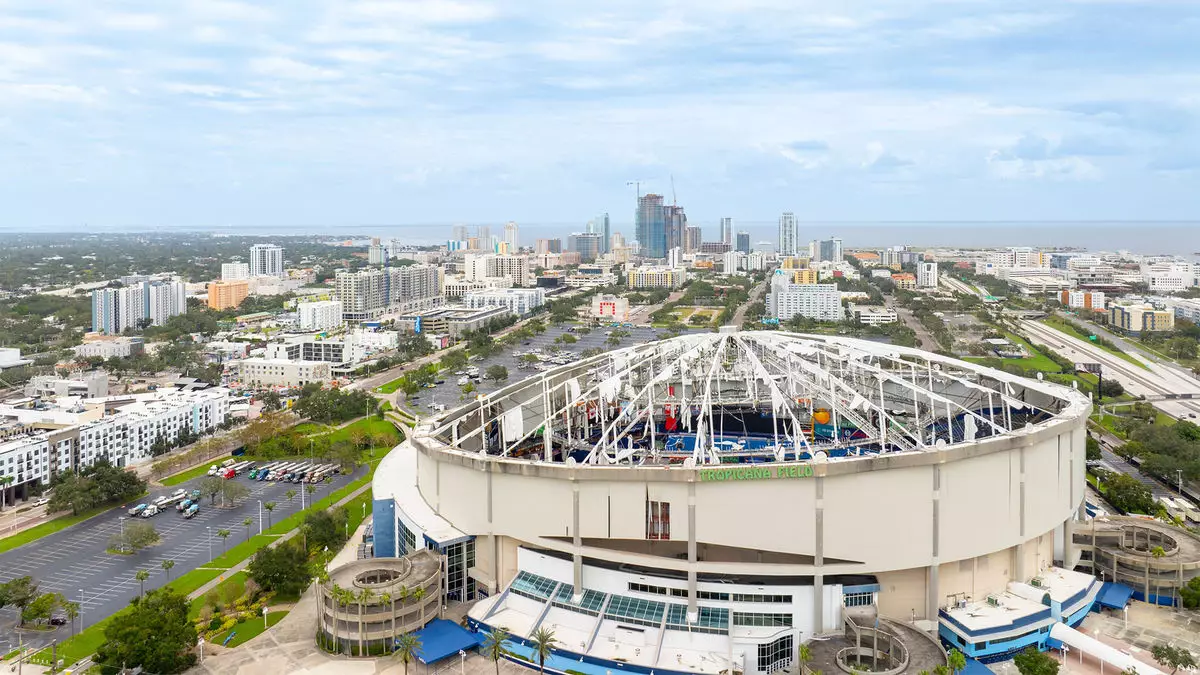Florida’s picturesque coastline, renowned for its vibrant tourism sector, is grappling with the challenging aftermath of hurricanes Helene and Milton. These storms have cast a long shadow over the industry, with immediate effects particularly felt along the Gulf Coast. Local communities, especially small, independent hospitality businesses, now face the daunting task of recovery and adaptation in a post-storm reality that may not resemble the one they knew before. The dual impact of these storms is expected to reshape the very fabric of Florida’s tourism landscape, leading to significant changes in business dynamics and visitor experiences.
The Current State of Coastal Communities
As aggressive weather patterns continue to threaten vulnerable regions, assessment processes have commenced across affected locales. Areas like Sarasota, St. Armands, Punta Gorda, and Fort Myers Beach are under scrutiny for the extent of the hurricane damage. Experts like Arthur Huang and Peter Ricci emphasize that the recovery process will be both slow and uneven, significantly affecting small businesses that lack the financial reserves necessary to withstand disasters of this magnitude. The reality is stark: many independent hotels and resorts may opt not to rebuild due to financial pressures, a trend that could accelerate as aging properties face modern building code requirements.
Recalling the catastrophic impact of Hurricane Ian, it’s evident that many mom-and-pop businesses may prefer taking insurance payouts rather than engage in a financially precarious rebuilding process. Such decisions not only threaten individual livelihoods but also shift the economic landscape toward higher-end tourism offerings, where only capital-rich developers will prevail. As these small businesses close their doors, the Gulf Coast may undergo a dramatic transformation, steering the region toward more upscale consumer experiences at the cost of affordability and local charm.
The implications of natural disasters extend beyond physical damages, touching on financial realities as well. Experts project an increase in insurance premiums for all properties in the afflicted areas, raising operational costs for remaining businesses. This translates into a pervasive economic burden, hitting smaller enterprises hardest, compounding existing vulnerabilities. The economic model of Florida’s tourism, once characterized by diverse, independent operators, risks losing its colorful tapestry due to these tragic storms.
Huang elaborates on the fundamental human element of the industry. Beyond the tangible destruction lies the human cost: employees working in shuttered establishments face uncertainty about their future employment. The loss of income for many workers in restaurants and hotels creates a ripple effect, further straining the tourism ecosystem as consumer spending diminishes in the aftermath.
The Wider Impact on Central Florida’s Tourism
While the full brunt of hurricanes Helene and Milton was felt predominantly along the Gulf Coast, central cities like Tampa and Orlando are not immune to the storm’s aftershocks. Service disruptions, cancellations, and postponements of big events will pose significant challenges for businesses reliant on group tourism. This delay in bookings leads to increased anxiety, especially as the tourism calendar prepares to enter the busy season starting in December.
Ricci warns that the timing of these hurricanes, occurring just before the lucrative peak season, adds a layer of complexity as businesses strive to rebook group engagements without jeopardizing individual tourist reservations. The urgency to recover revenue during these critical months cannot be overstated; loss during the high season can significantly impact profitability for an entire year.
Amid the tumult, efforts to revitalize Florida’s tourism industry are already unfolding. Visit Florida, the state’s collaborative tourism management organization, has initiated a multifaceted recovery strategy designed to maintain awareness and desirability for unaffected areas. By leveraging ongoing social media campaigns themed “Stronger Than the Storm,” the agency seeks to reassure potential visitors about the resilience of Florida’s tourism sector.
Graphic, impactful storytelling alongside genuine promotions features positive attributes of unaffected destinations, presenting a robust case for continued tourism. By showcasing areas still vibrant and welcoming visitors, such marketing strategies aim to sustain visitor interest and uphold the state’s appeal amidst challenges.
As Florida’s tourism landscape navigates the challenging trials posed by hurricanes, the industry must embrace adaptability while restructuring around the new realities of operation. The anticipated shift towards higher-end tourism, spurred by the decline of smaller establishments, signals a transformative era for the state. Yet, much rests upon the collaborative resilience of community leaders, businesses, and residents who weather these storms together. With strategic vision and unified efforts, Florida can rise from this adversity, re-emerging with a renewed sense of purpose and strength in its tourism portfolio, ready to welcome back travelers with open arms.


Leave a Reply